



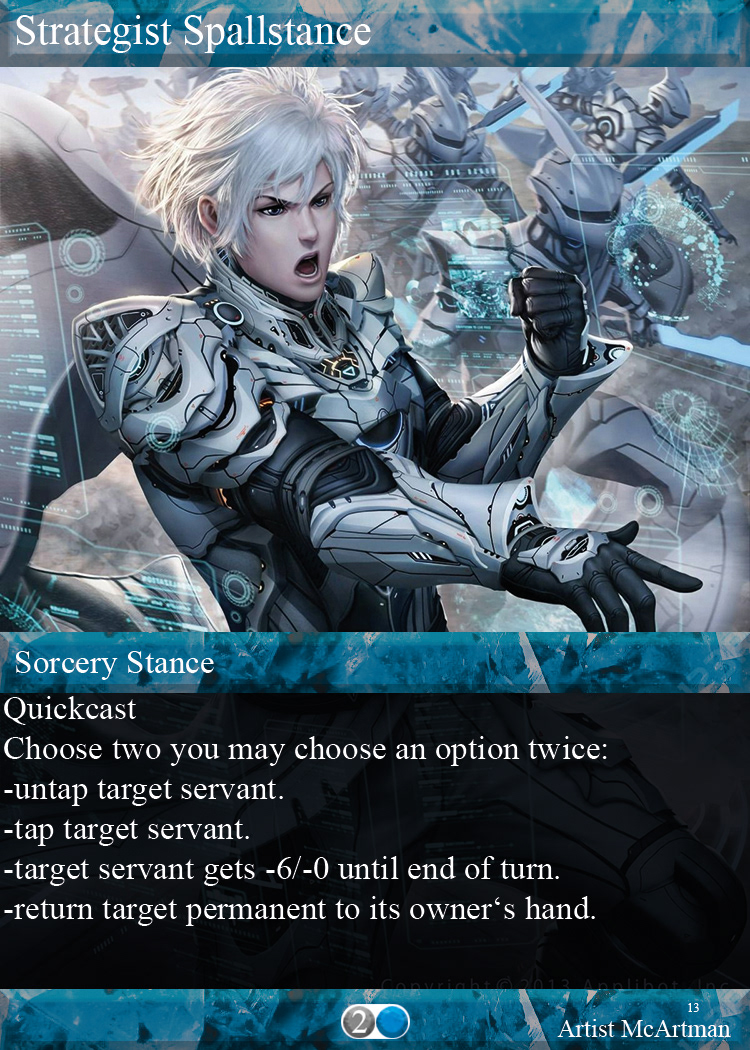
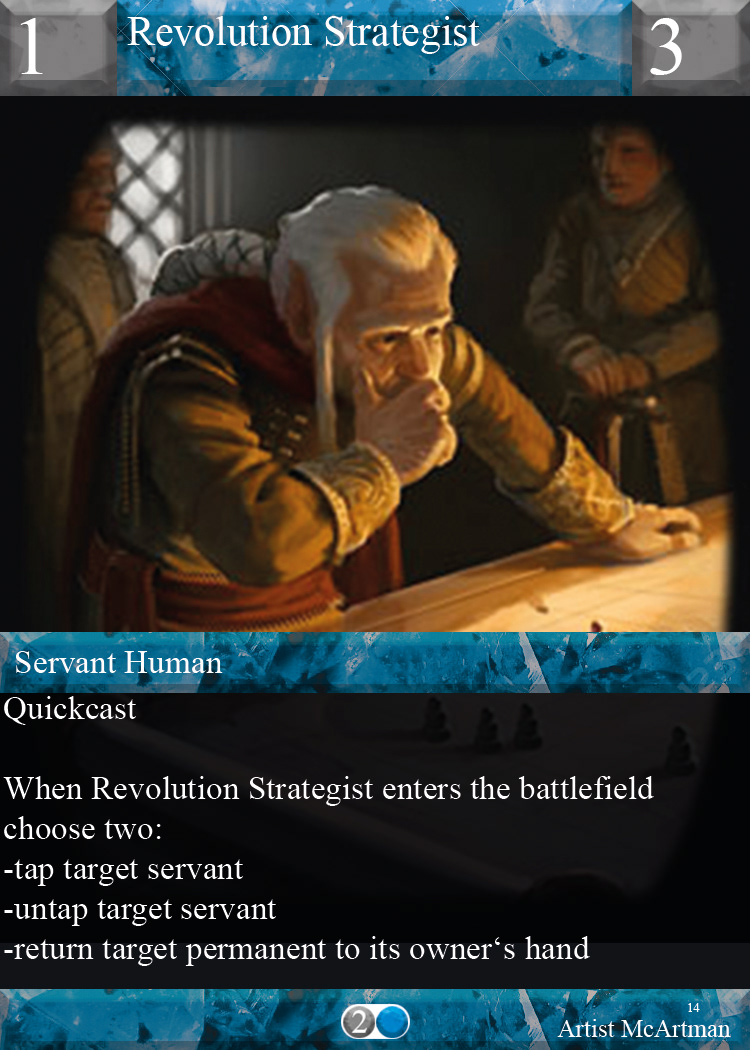


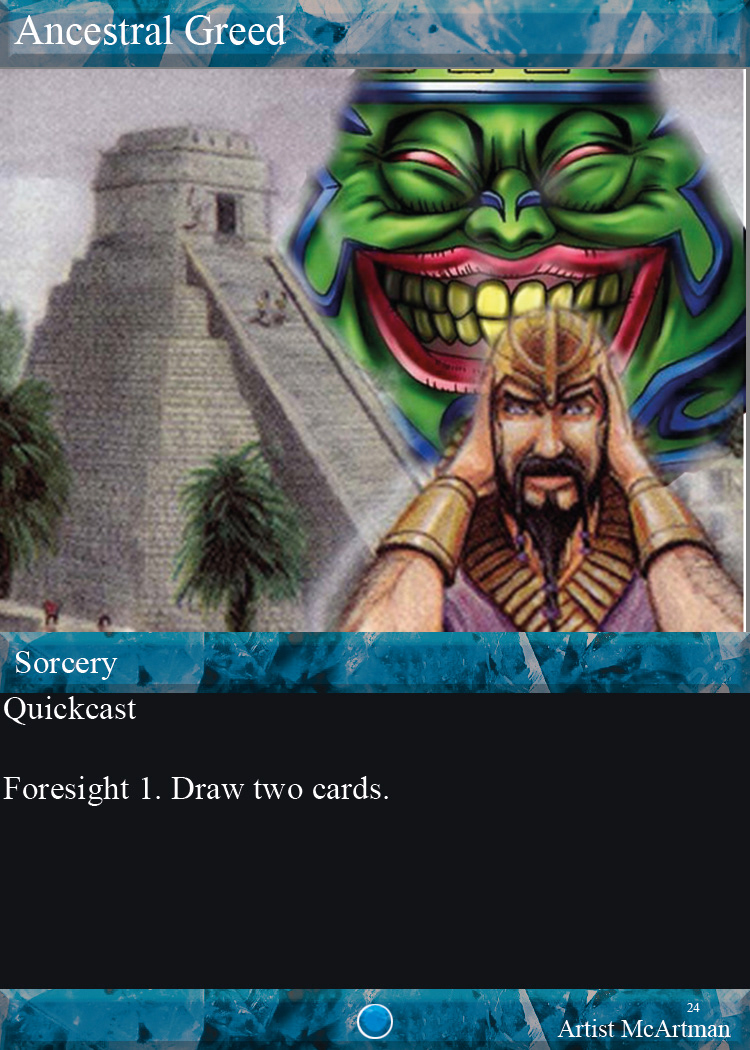
An example of celebrating existing culture of course the art would be different in the final product
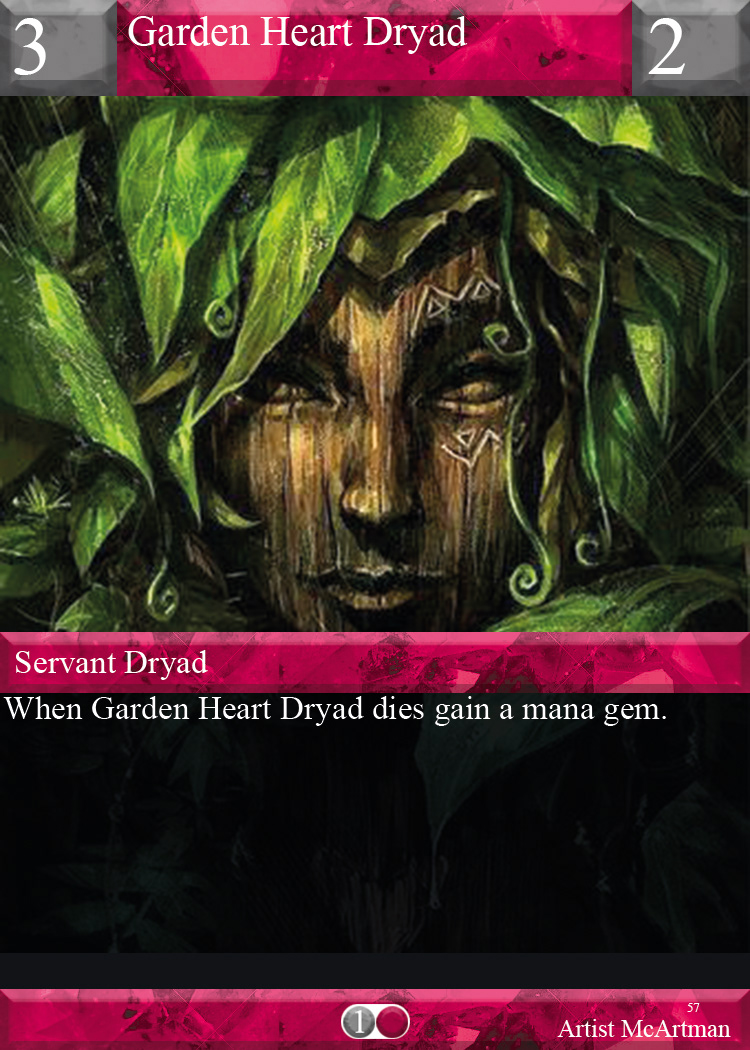


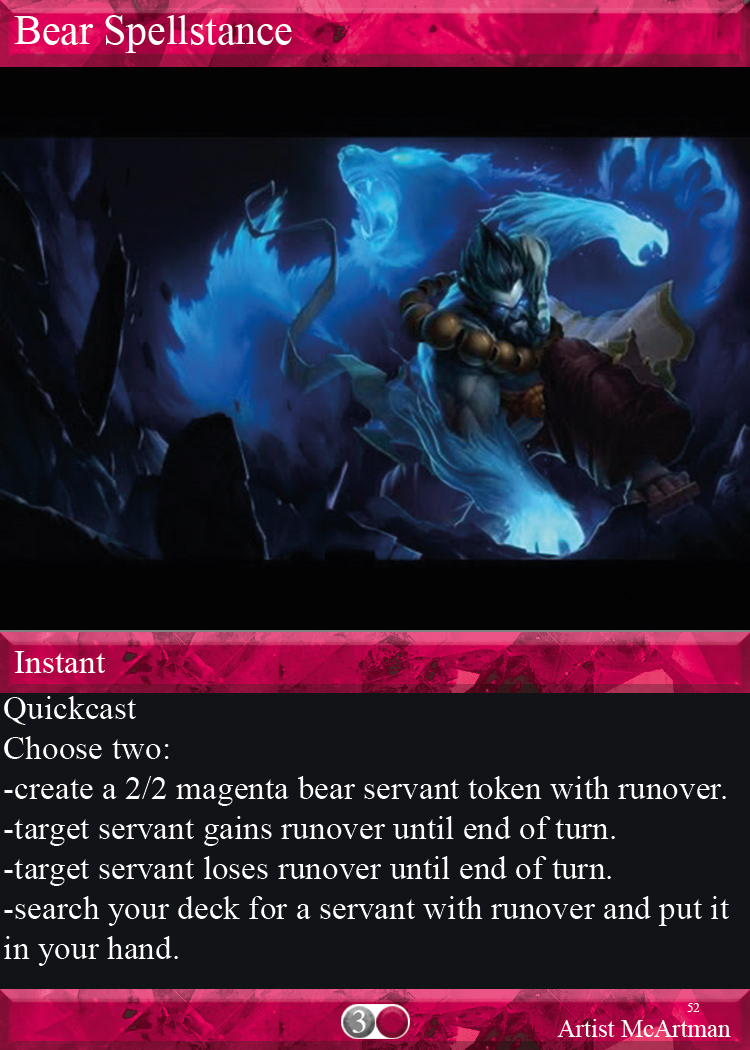

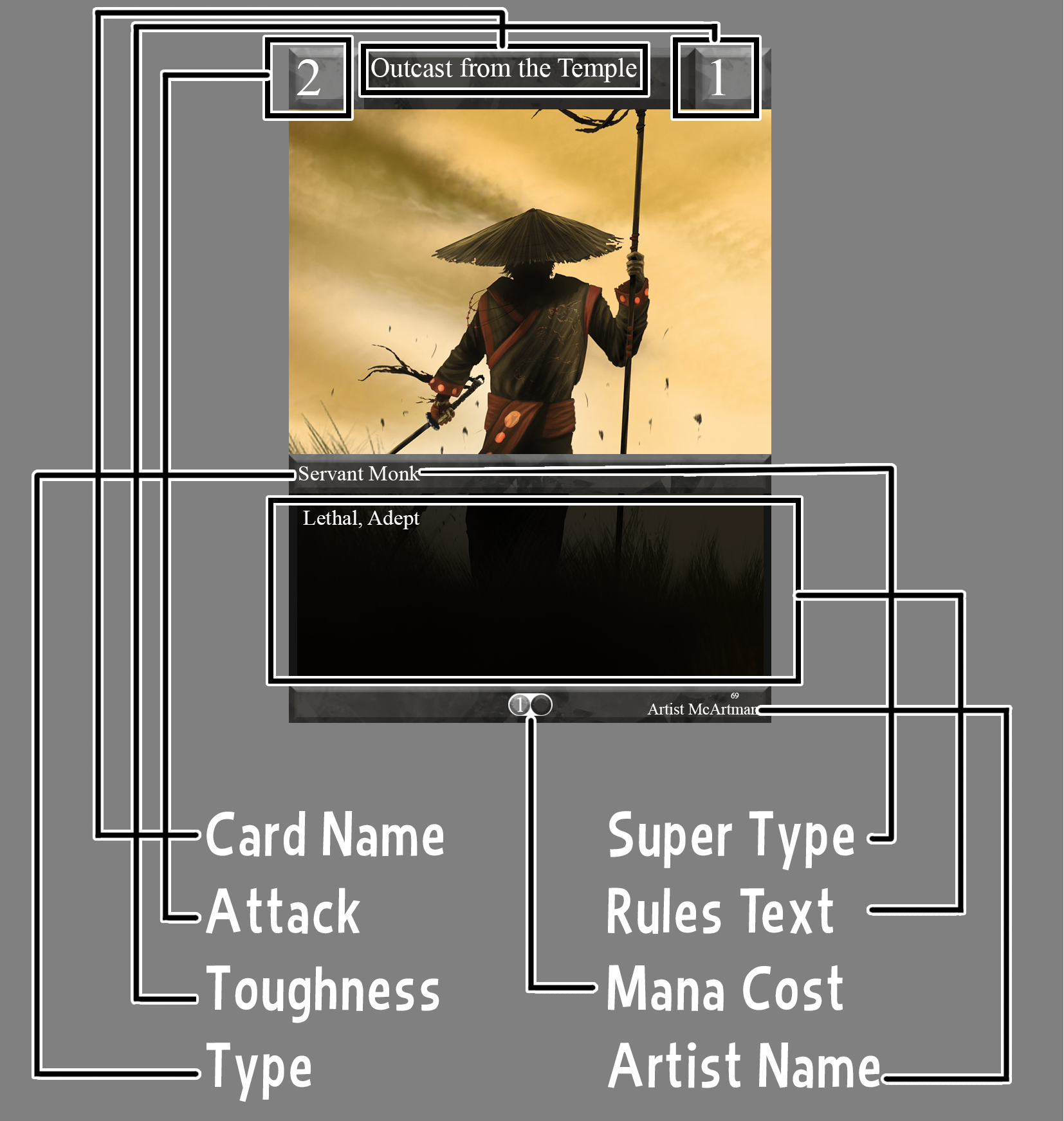

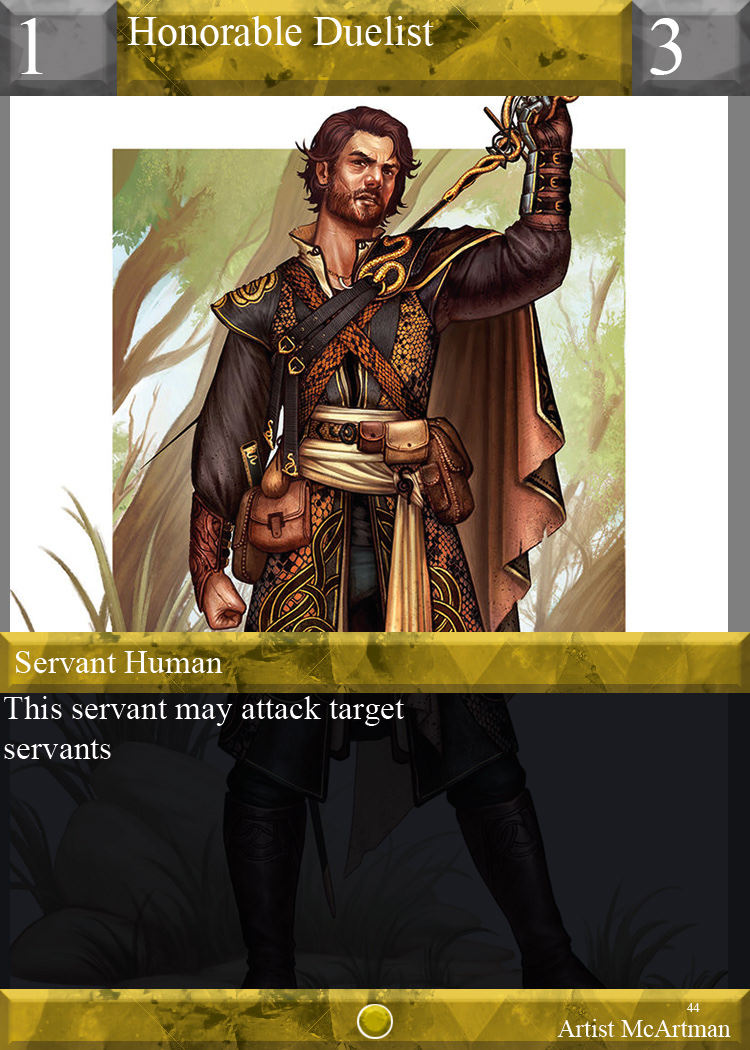
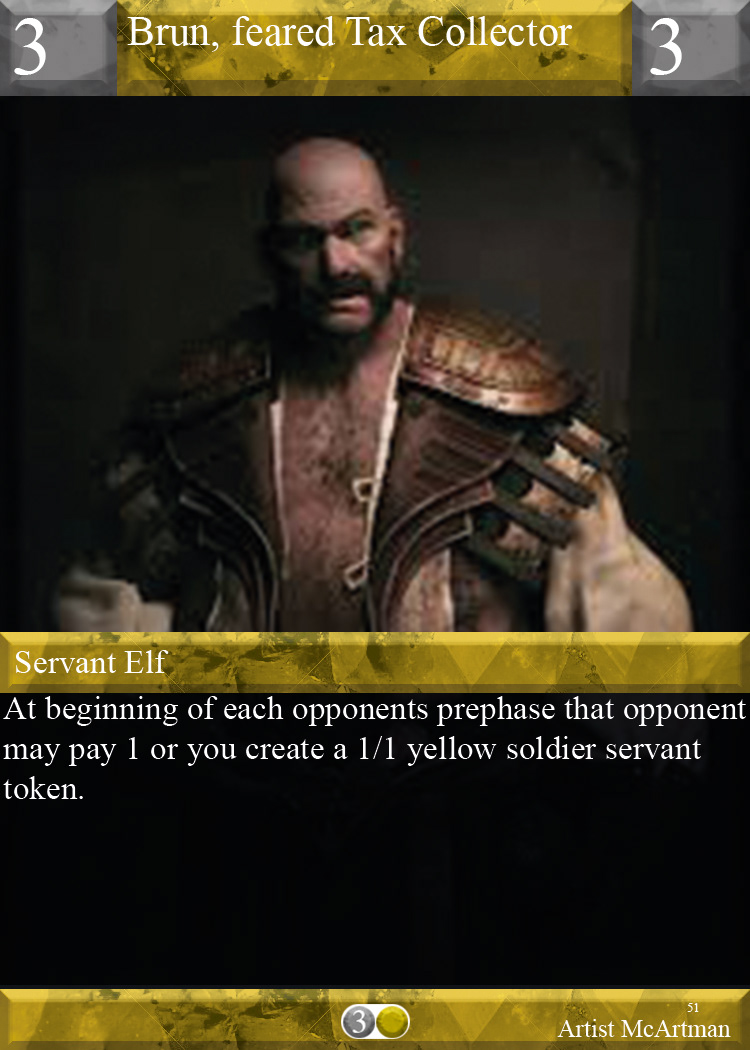

For my Bachelor thesis I designed a mediaworld and that mediaworld had a magic system and about that magic system I made a living card game and that card game was called Stratig. Which means I made 196 cards, a 30 page Instruction manual, a 20 page art direction guide and a 50 page creative portfolio presenting the mediaworld and Stratig. The creative portfolio covered topics like the creative content, the business case and the research report.
About Stratig:
Stratig was fully designed by myself while being heavily inspired by other card games. Stratig is designed for 4 players and wants to appeal to social and exploring gamers. It combine different mechanic from other games while adding it`s own mechanics.
Stratigs Design Cores:
Complex social Interactions
Stratig wants to create a strategic card game experience with complex social interactions which means Stratig embraces social interactions like lying, trading and making deals as a design core.
Celebrates the wheel instead of reinventing it
Stratig does not try to turn the strategic card game genre on its head. Rather, it tries to celebrate the genre with familiar concepts in new context. Stratig often asks the question “How do we improve on what is already there?” or “How can we create a interesting new approach to a familiar concept without losing its essence?”. This core is the reason why the current prototype includes many cards that are very similar to cards from other card games because through testing I am trying to find out how Stratig could improve those cards while keeping their essence.
10 and 1 instead of 7
You want people to love your game and people love strong choices no one falls in love with a bland save stock photo. That is why Stratig goes for a “10 and 1” design approach instead of “7” design approach meaning that the design wants to create parts that some players rate as 10 meaning they love it with the risk that some other players rate that part as a 1 to express their dislike. To quote Mark Rosewater head of design at Magic the Gathering “If everyone likes your game but no one loves it, it will fail” (Rosewater 2016).
Flavour First
In card games, flavour is everything outside of the cards mechanics. So if a card is a bear with 2 attack and 2 defence then the bear is the flavour and in card games flavour is very important. Often the flavour of card makes the player fall in love with the card especially if the mechanical part of the card fits the flavour of the card. Merging flavour and mechanics is accomplished through using design language. Design language uses things that the player already knows to make your game believable. For example, if you are making an octopus card you better make sure it does something with the number 8 because otherwise the player will not like that card no matter how amazing it is mechanically. And that's why flavour is a design core of Stratig. If a card does not work flavourwise, it is not going to be in Stratig.